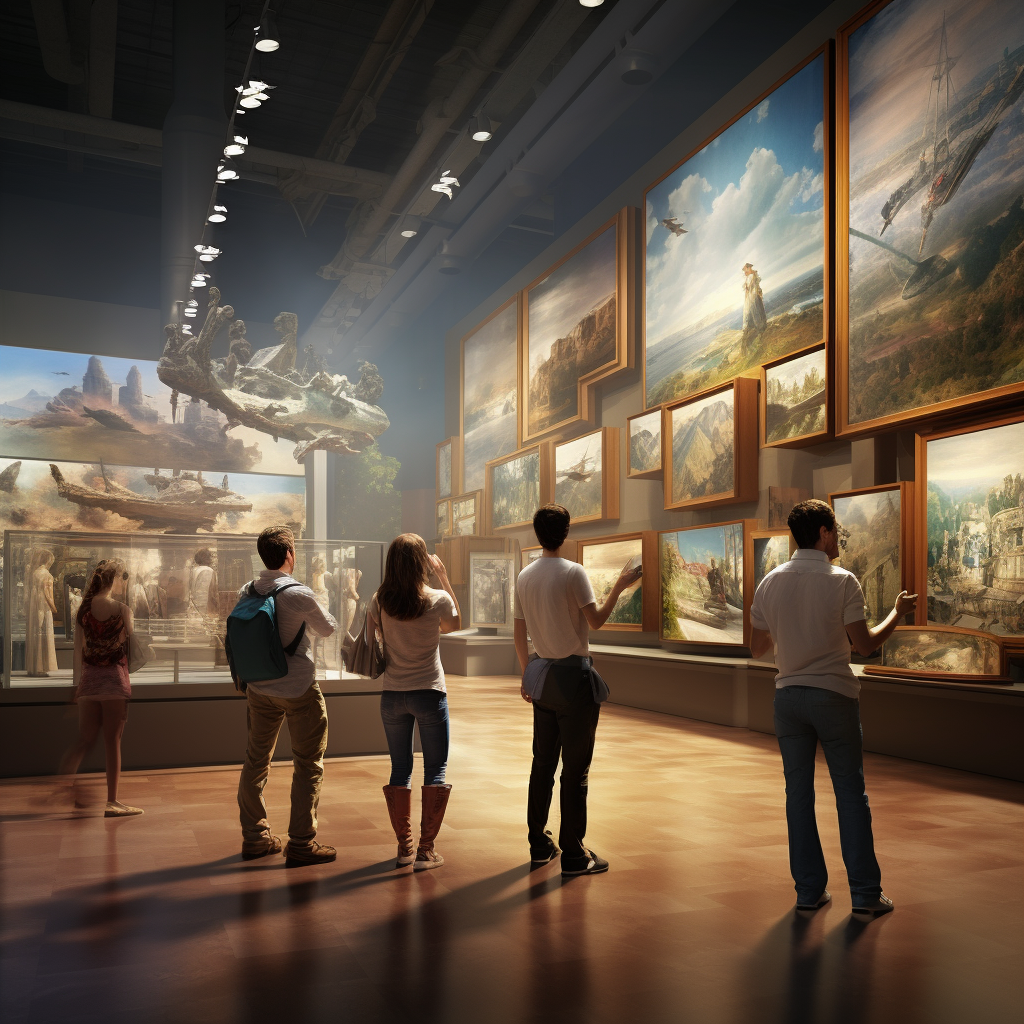With the rise of AI image generators like DALL-E and Stable Diffusion, creating realistic AI art has become easier than ever. Plus, with Midjourney on the scene and its photorealism, you can’t tell the difference from these images and real-life shots. But crafting the perfect prompt to get an AI assistant to generate the image you want can still be a challenge. In this blog post, we’ll share some secrets to writing effective prompts that result in stunning, realistic AI creations.
Whether you’re just starting out with AI art generation or looking to improve your skills, these tips will help you get more professional-looking results every time. Couple AI image generation with other AI Tools so you can find more customers on the internet.
How AI Image Generators Create Pictures
AI image generators have come a long way since they first appeared in the 1960s. Today, they’re used to make beautiful pictures for things like ads, social media, and more. In this section, we’ll explore how these AI image generators have changed over time and what goes on behind the scenes when they make pictures.
Early on, AI image generators used some rules to create technical pictures. But now, with something called neural networks, AI can create images or videos by following a set of instructions or by mixing and changing existing images. These networks can even make pictures that look like they were created by a specific artist or in a certain art style.
So, how does this all work?
So, how does this all work? Well, making AI-generated images starts with something called “prompt engineering.” That’s when we come up with a basic idea for the picture we want the AI to create. Then, we repeat this idea a bunch of times and try different settings to fine-tune the pictures. After that, we make the pictures even better using special tools.
Deep Learning
The AI uses a process called “deep learning” to create these images. It’s like training a super-smart computer brain on lots and lots of pictures. The more pictures it learns from, the better it gets at making new ones that look real.
AI as an artist has come a long way too. It can create super-realistic images and even make brand-new stuff that can inspire other big projects. And the more we teach AI and give it data to learn from, the more creative it becomes.
Generating AI Images : Start With Descriptive Prompts
The language you use in your prompts is crucial for getting the AI to generate the image you want. Vague, generic prompts will result in vague, disjointed images. But descriptive, detailed prompts tell the AI exactly what you’re looking for, leading to more realistic results.
What are AI Art Prompts?
AI art prompts are the text descriptions that you provide to an AI image generator to tell it what kind of image you want it to create[1]. The prompt acts as a guide for the AI, providing key details about the visual elements, style, composition, mood and other aspects that you want to see in the generated image[3].
Example Prompt 1
For example, a prompt like “a person walking in a store” is too broad. The AI doesn’t know what kind of person, what they’re doing, what the store looks like, etc.
A more descriptive prompt like: “A man and woman in professional attire, walking through a bright department store, with shelves stacked with products from floor to ceiling, retro.”

Add Sensory Details
The more sensory details and descriptive language you can incorporate, the better. Describe textures, colors, lighting, shapes, actions, etc. This will give the AI the direction it needs to generate a cohesive, realistic image that matches what you have in mind. Taking the time to craft detailed prompts is essential for getting professional, high-quality results from an AI image generator.
Example Prompt 2
“Create a realistic image of a forest at sunset. The image should be warm and inviting, with a sense of calmness and serenity. The trees should have a variety of textures, including rough bark and smooth leaves. The colors should be warm and vibrant, with shades of orange, red, and yellow. The lighting should be soft and diffused, with the sun setting behind the trees. There should be a small stream running through the forest, with the water reflecting the colors of the sunset. The animals in the forest should be peaceful and calm, with birds singing and deer grazing. The overall feeling of the image should be one of peace and tranquility.”
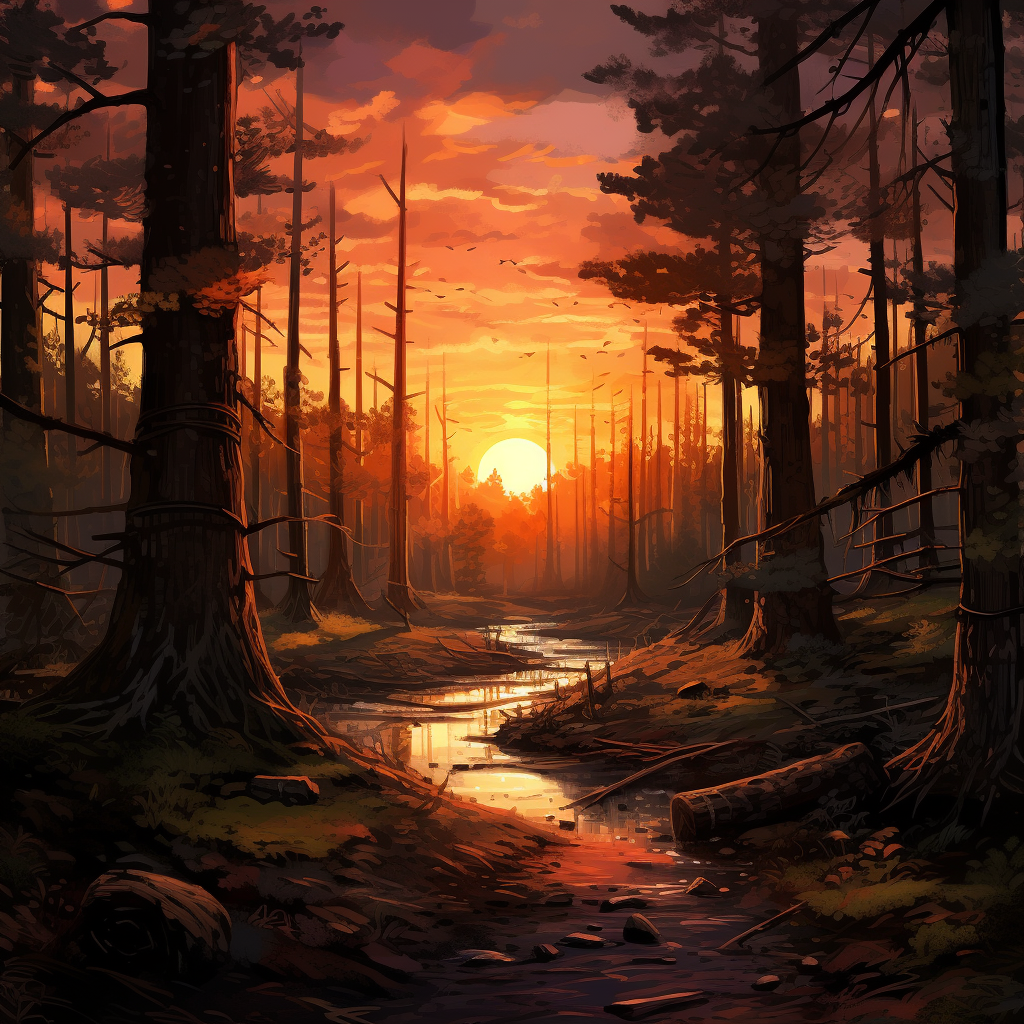
Prompts Give AI Image Generators Directions
Well-crafted prompts are essential for producing high-quality AI art. Without effective prompting, AI image generators can only produce generic or nonsensical results. Prompts give the AI the context and direction needed to synthesize realistic, cohesive images that align with the desired vision.
Example Prompt 3
“An oil painting of a rainy city street at night, with neon lights reflecting on wet pavement, by Van Gogh”
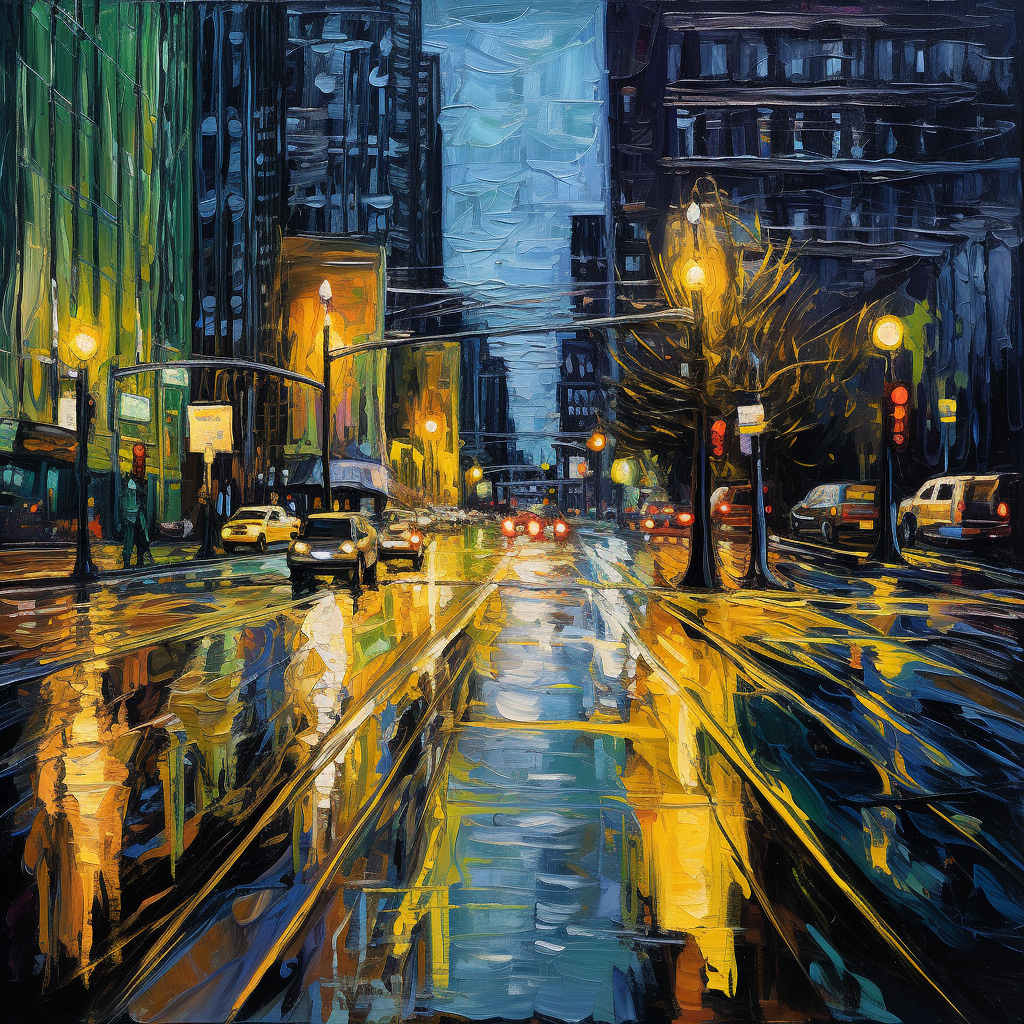
Example Prompt 4
“A majestic landscape photograph of a winding river flowing through a dense autumn forest, sunbeams streaming through the trees”
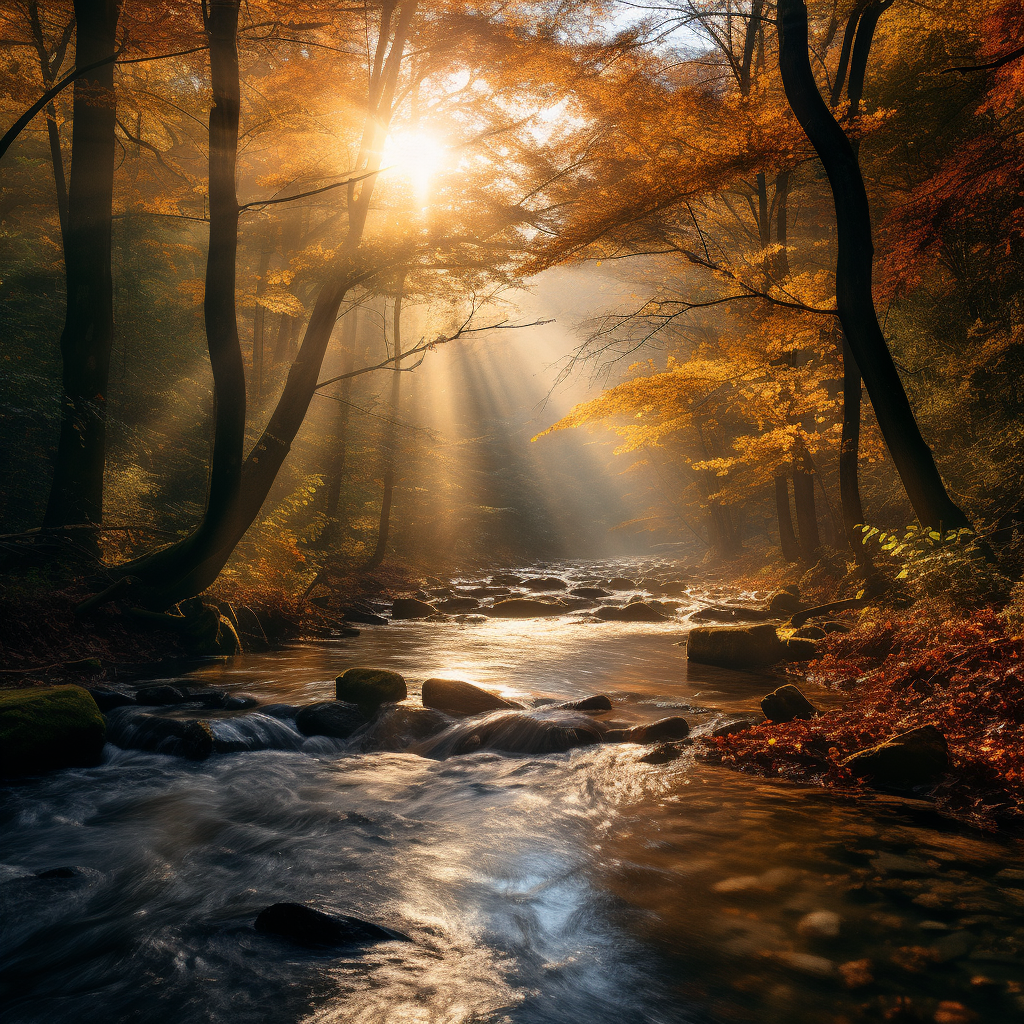
Example Prompt 5
“A minimalist vector illustration of a hummingbird with a long beak sipping nectar from a pink flower, soft pastel colors”
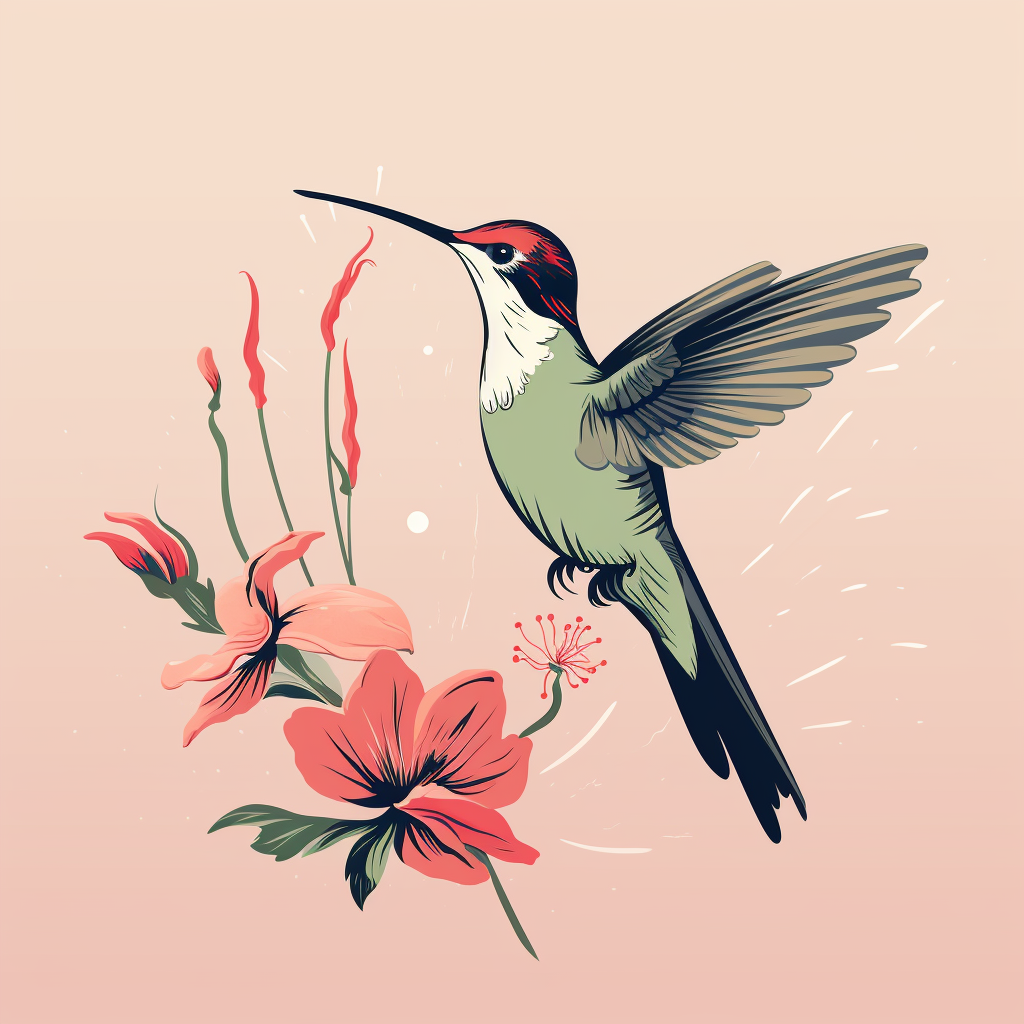
As you can see from these examples, good prompts tend to be fairly detailed, describing specific styles, subjects, colors, lighting, and composition. Crafting prompts is an art in itself that improves with practice as you learn what wording works best to produce the visual results you want.
Tips for Crafting Effective AI Art Prompts
When creating prompts for AI image generation, there are some key techniques you can use to enhance realism and end up with professional, high-quality results. Here are 5 tips for crafting effective prompts:
Portrait Tip 1
Use descriptive language and details. As mentioned earlier, being as descriptive as possible will lead to more realistic images. Include details about lighting, textures, colors, shapes, etc. The more sensory details the better.
Portrait Tip 2
Specify a clear subject. Clearly state the main focus of the image so the AI generates a coherent composition centered around it.
Portrait Tip 3
Set the mood and style. Use adjectives to convey the mood, lighting, style, or aesthetic you want the image to have. This helps the AI narrow down the possibilities.
Portrait Tip 4
Add small unique details. Including imaginative small details pushes the AI to come up with something more original vs. generic. For example “A phone booth with an octopus squeezed inside talking on the phone.”
Portrait Tip 5
Explore variations. Try out different takes on a theme by tweaking your prompts slightly each time. Change the time of day, perspective, color scheme, etc.
Following these prompting best practices will help you achieve striking, photorealistic images from AI image generators. Don’t be afraid to experiment and refine your prompts through multiple iterations.
Recommended Hierarchy for Midjourney Portrait Prompts
When creating AI-generated portraits with Midjourney, it’s important to structure your prompts using the right hierarchy of descriptive details. This helps clearly communicate to Midjourney the key elements that are most important for the portrait.
Ideal Prompt Hierarchy
According to Midjourney experts, the ideal hierarchy is:
-
Subject. Start by stating the subject e.g. “A portrait of…”
-
Appearance. Next, describe physical traits like gender, age range, hair color/style, any distinctive features.
-
Clothing/Accessories. What is the person wearing? Include colors and styles.
-
Setting/Background. Provide context by describing the setting or background environment.
-
Mood/Style. Add adjectives to convey desired mood and style e.g. “serious”, “whimsical”, “refined”.
Example:
“A portrait of a woman with long blond hair and blue eyes, wearing a red sweater and jeans, standing in front of a brick wall in an alley, with a somber and thoughtful expression, rendered in a refined artistic style.”
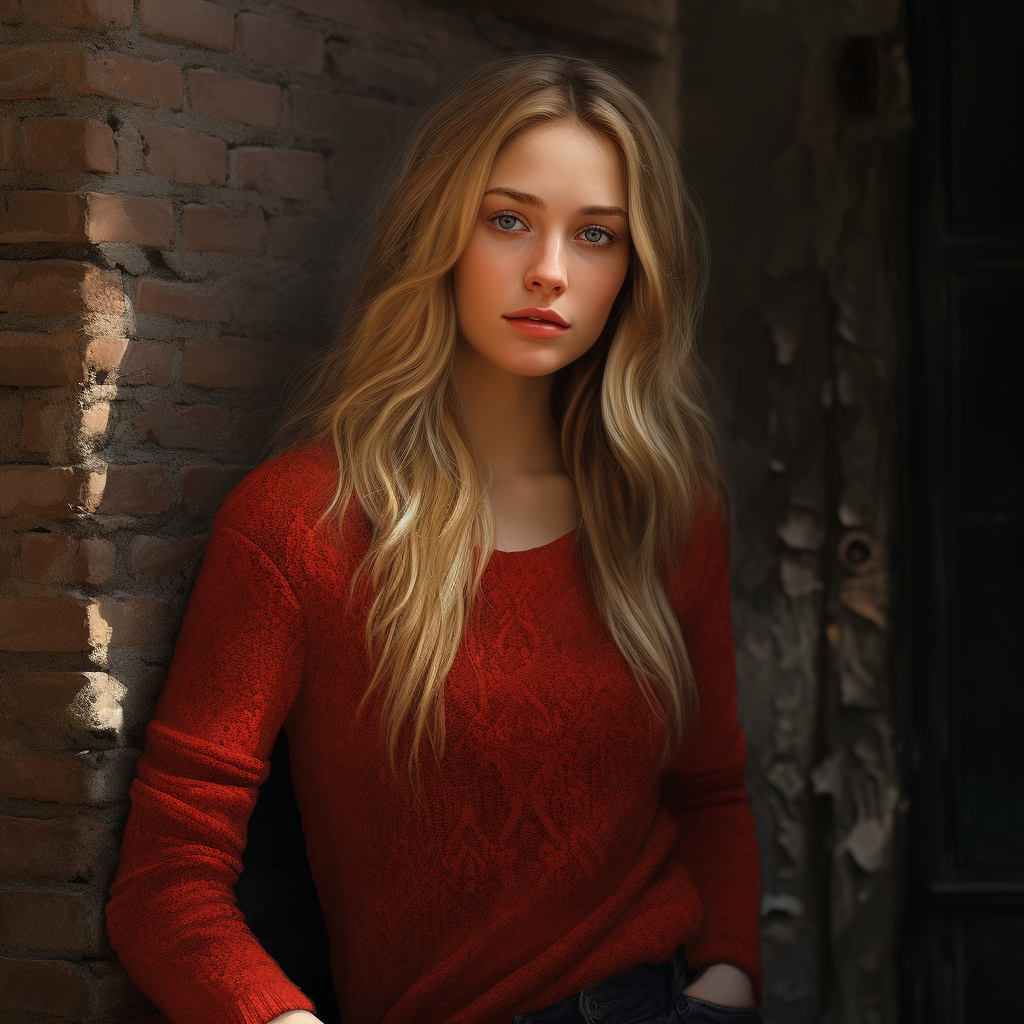
By following this optimal order and structure, you give Midjourney the step-by-step guidance it needs to render a focused, cohesive portrait that matches your vision. The words you choose and the order you put them in are critical for achieving realistic, professional results.
Prompt Generators for AI Art
When getting started with AI art generation, looking at prompt examples can be very helpful for inspiration and guidance. There are some excellent prompt generators available that provide pre-made prompts for different AI tools like Midjourney.
Two recommended generators for Midjourney prompts are:
-
PromptHero - Provides a database of prompts for portraits, landscapes, animals and more. Helps spark ideas and tweak prompts.
-
PromptMania - Generates unique prompts for Midjourney across various categories and styles. Great for prompt inspiration.
These sites offer an easy way to discover new prompt ideas tailored to the capabilities of each AI system. With prompt generators, you can find loads of prompts to reference, remix, and customize to your needs.
Conclusion
Crafting the right prompts is key to unlocking the full creative potential of AI image generation. Well-constructed prompts provide the necessary context and direction for AI systems like DALL-E and Midjourney to produce stunning, photorealistic images.
By using descriptive language, specifying details, setting mood and style, adding unique flourishes, and exploring variations, you can guide the AI to generate realistic images that match your artistic vision. Prompt generators and referencing examples are great ways to start building prompt writing skills.
AI art is an exciting new frontier for creativity. With practice, you can master the art of prompt engineering to produce jaw-dropping AI creations. Don’t be afraid to iteratively refine your prompts - the results are well worth the effort. Experiment and have fun as you continue to push the boundaries of what’s possible with AI!
